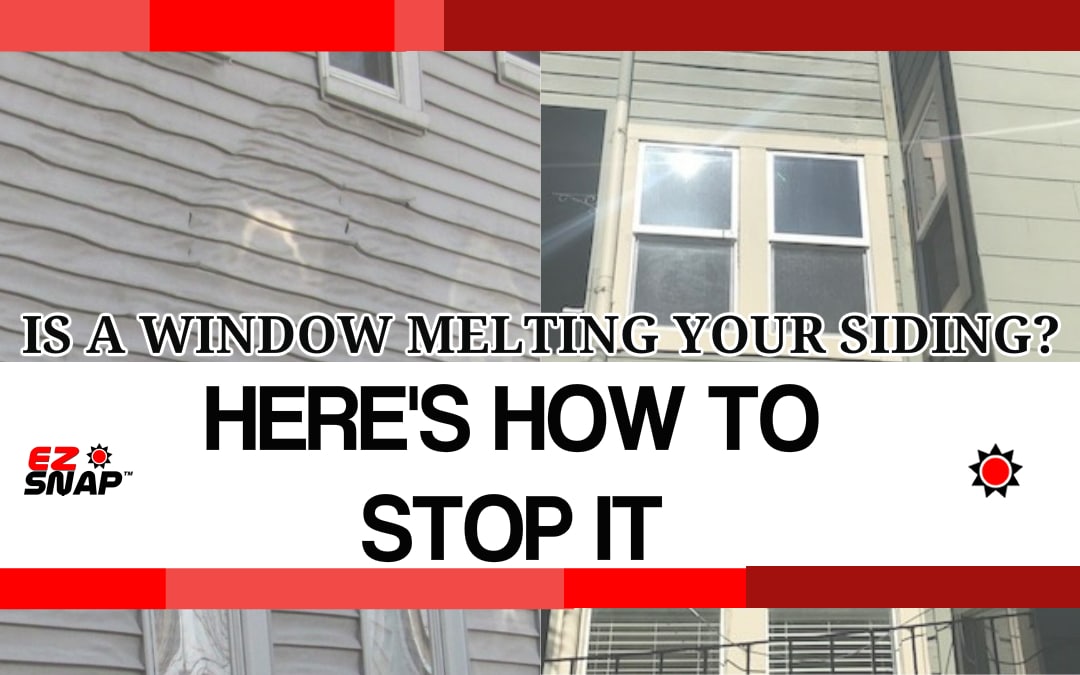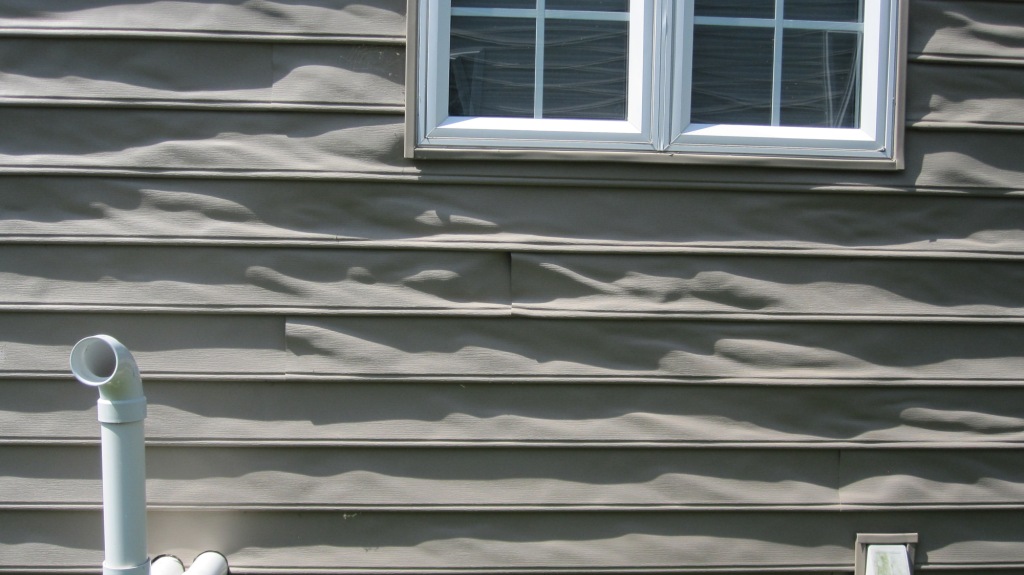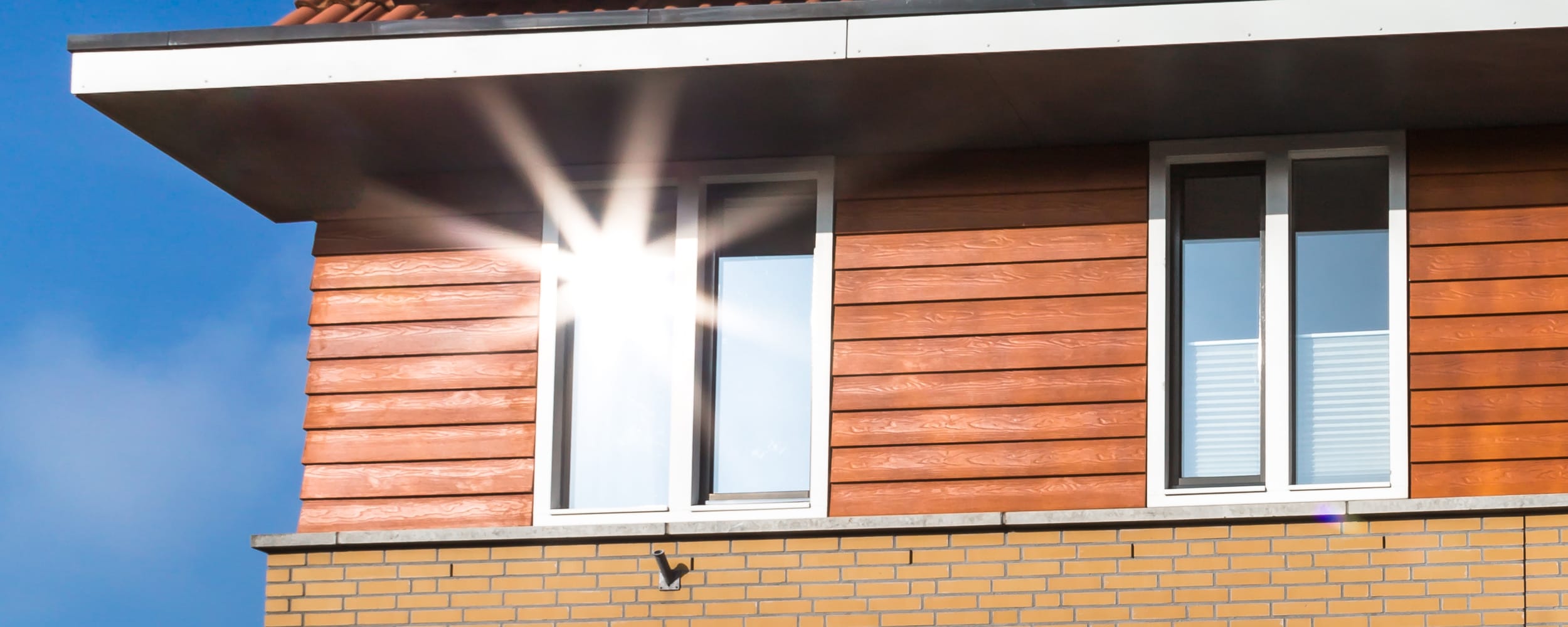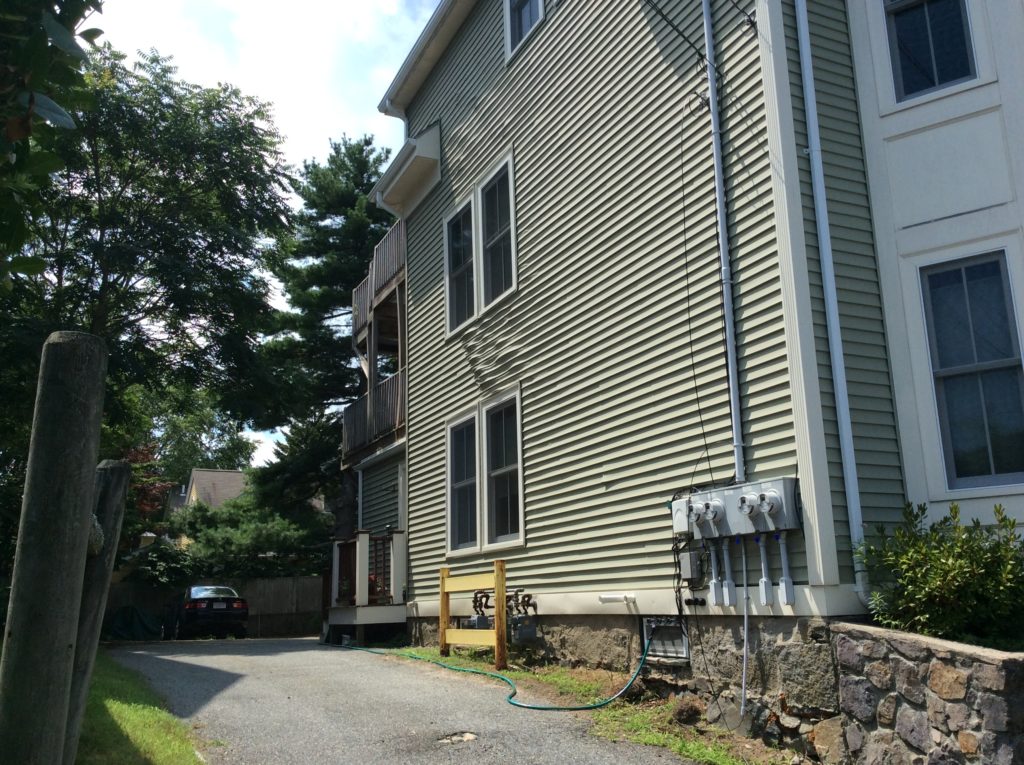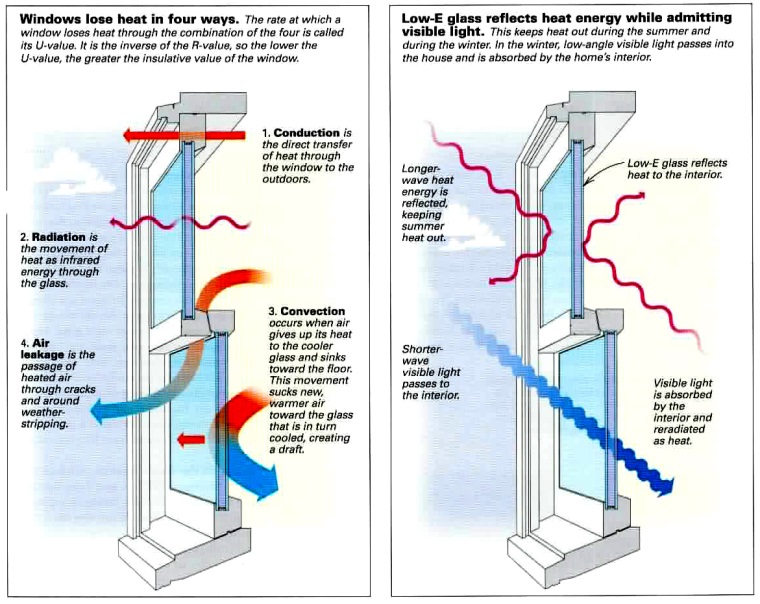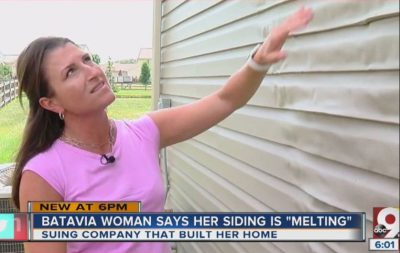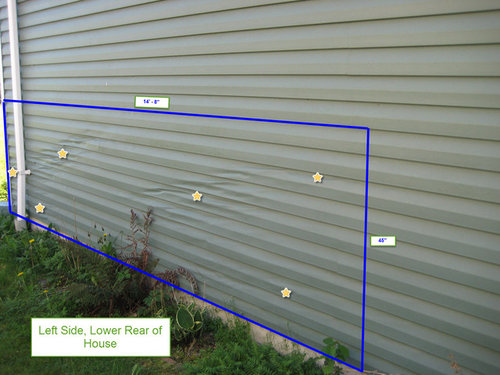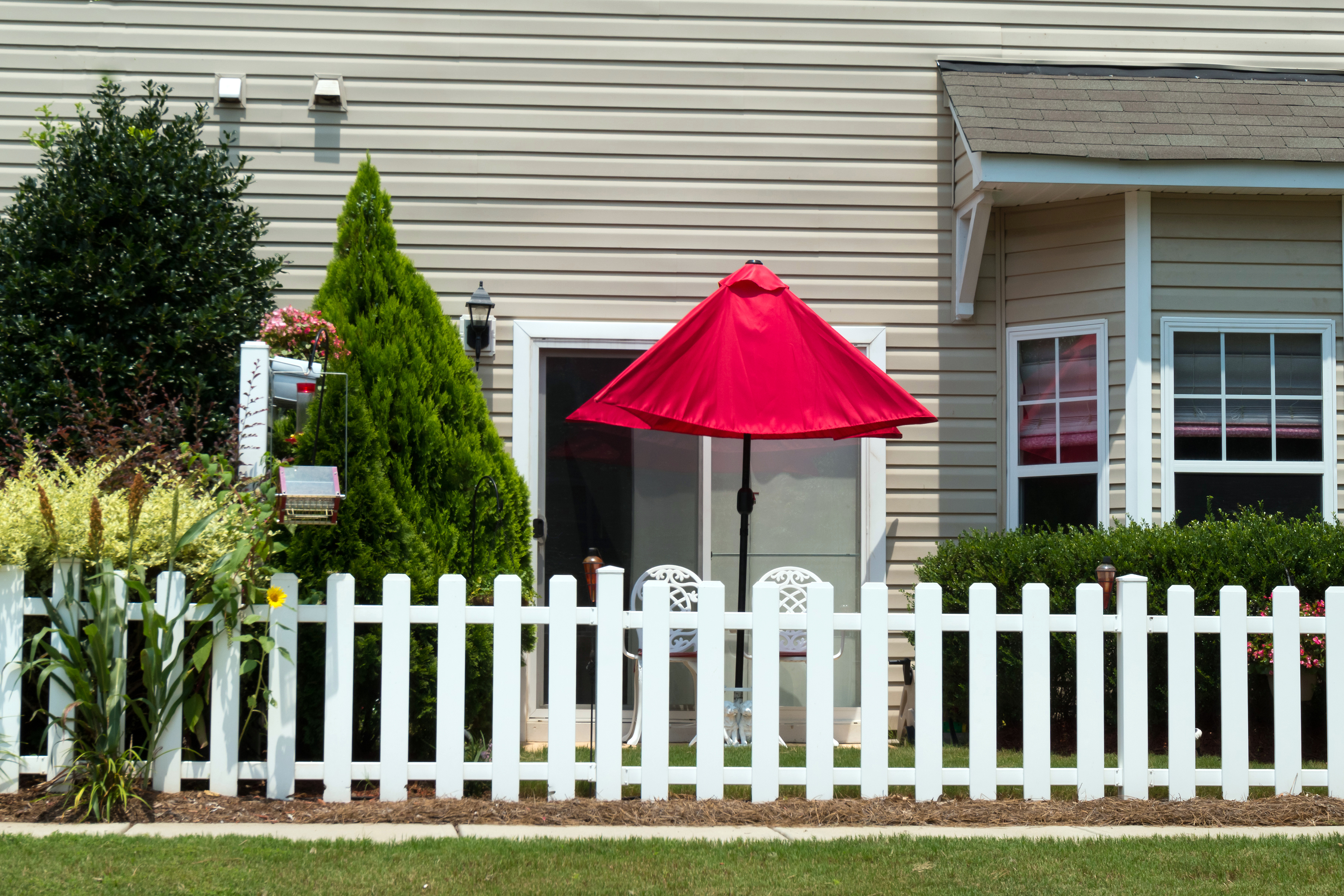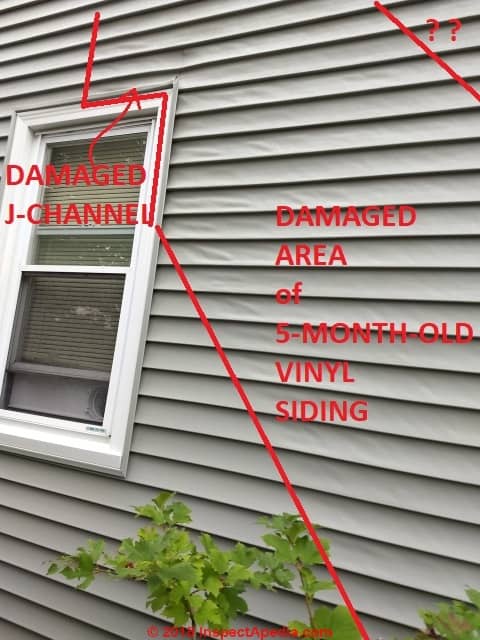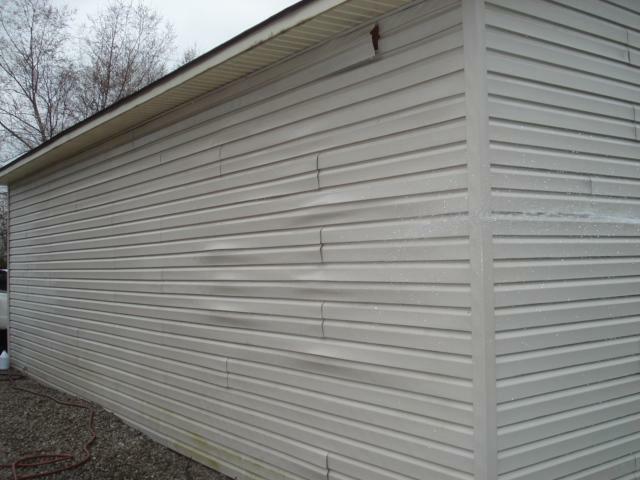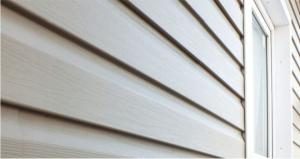Low E Reflective Vinyl Siding

Is melted vinyl siding a new problem.
Low e reflective vinyl siding. Low e windows are designed to reflect more heat away from the glass by design. Still with trends among homeowners favoring both high efficiency windows and vinyl cladding and many building codes now requiring low e windows on new homes it s most likely a problem we ll see more and more. Melted siding from window reflection is a problem that has become more common in recent years. Yes we have encountered this situation from time to time.
In case you aren t familiar with them low e a k a. Thank you for your question. I had an engineer do a study on my home and the results were that the windows become concave under certain conditions and send a focused beam of heat onto my property. My siding immediately melted.
My siding was just fine for 13 years until my neighbors installed new low e windows. It is often less expensive than alternative siding options can be virtually maintenance free and is much more energy efficient compared to the old wood and aluminum siding choices. While sunlight reflections melting vinyl siding might be the most prominent issue these low e windows create they are hardly the only issue. Class a white boasts a flame rating of 10 and smoke rating of 15.
It s caused by newer low e windows that are installed on nearby structures where the light happens to reflect in a particular way according to vinyl verified. The main reason is the increasing number of low e or energy efficient windows that are being installed in new homes or renovated homes. Vinyl siding is an amazing product in many ways. Low e class a white class a white insulation is designed to meet the needs of customers demanding extremely low flame and smoke characteristics.
It takes essentially a perfect storm situation to create the conditions that allow vinyl siding to melt. Low e windows can have an effect similar to a magnifying glass where it focuses the sun s rays like a laser beam onto any surface. Artificial turf grass also has a low melting point and it can be easily ruined if the concentrated light reflections bouncing off a window create hotspots on the ground. Low e reflective insulation featured on the american architectural review.
Low emittance windows have a coating on them that suppresses radiative heat flow. The important takeaway here is that this phenomenon is not caused in any way by vinyl siding.



